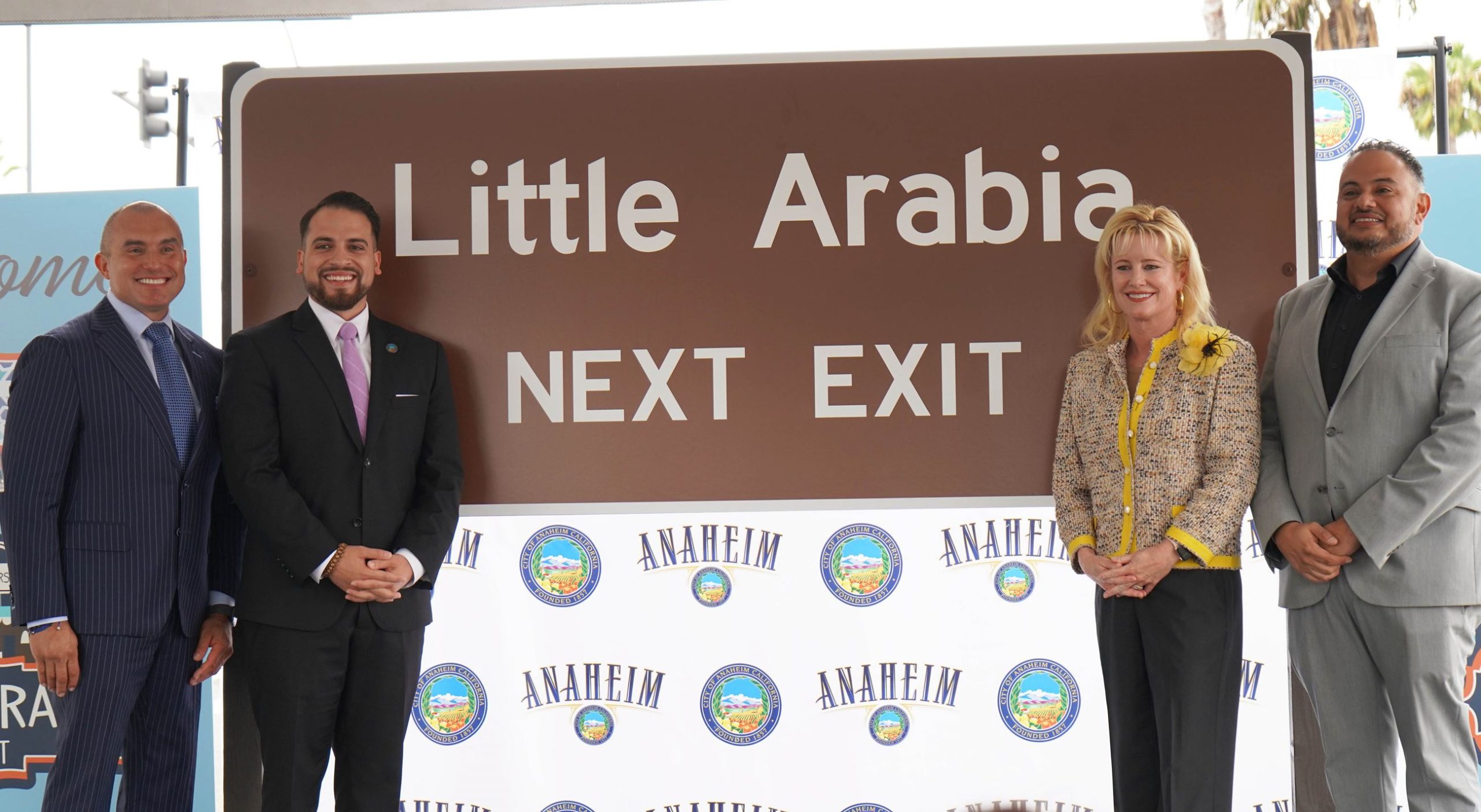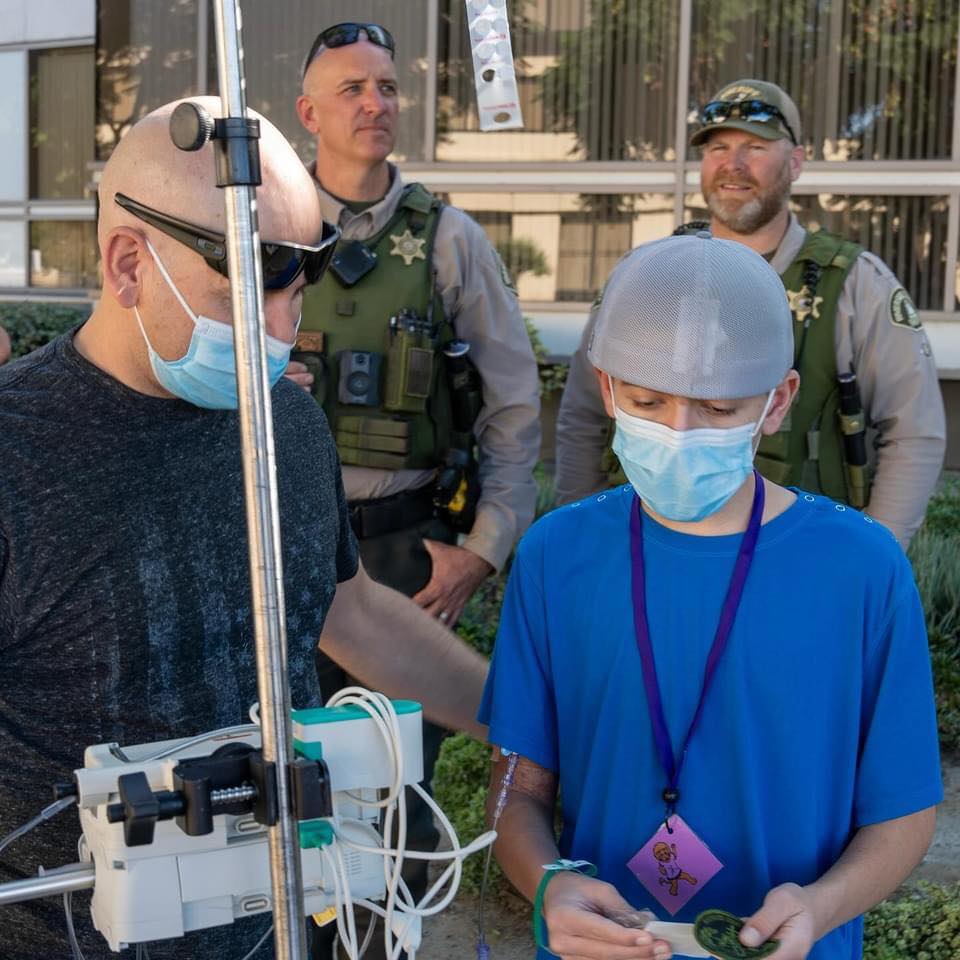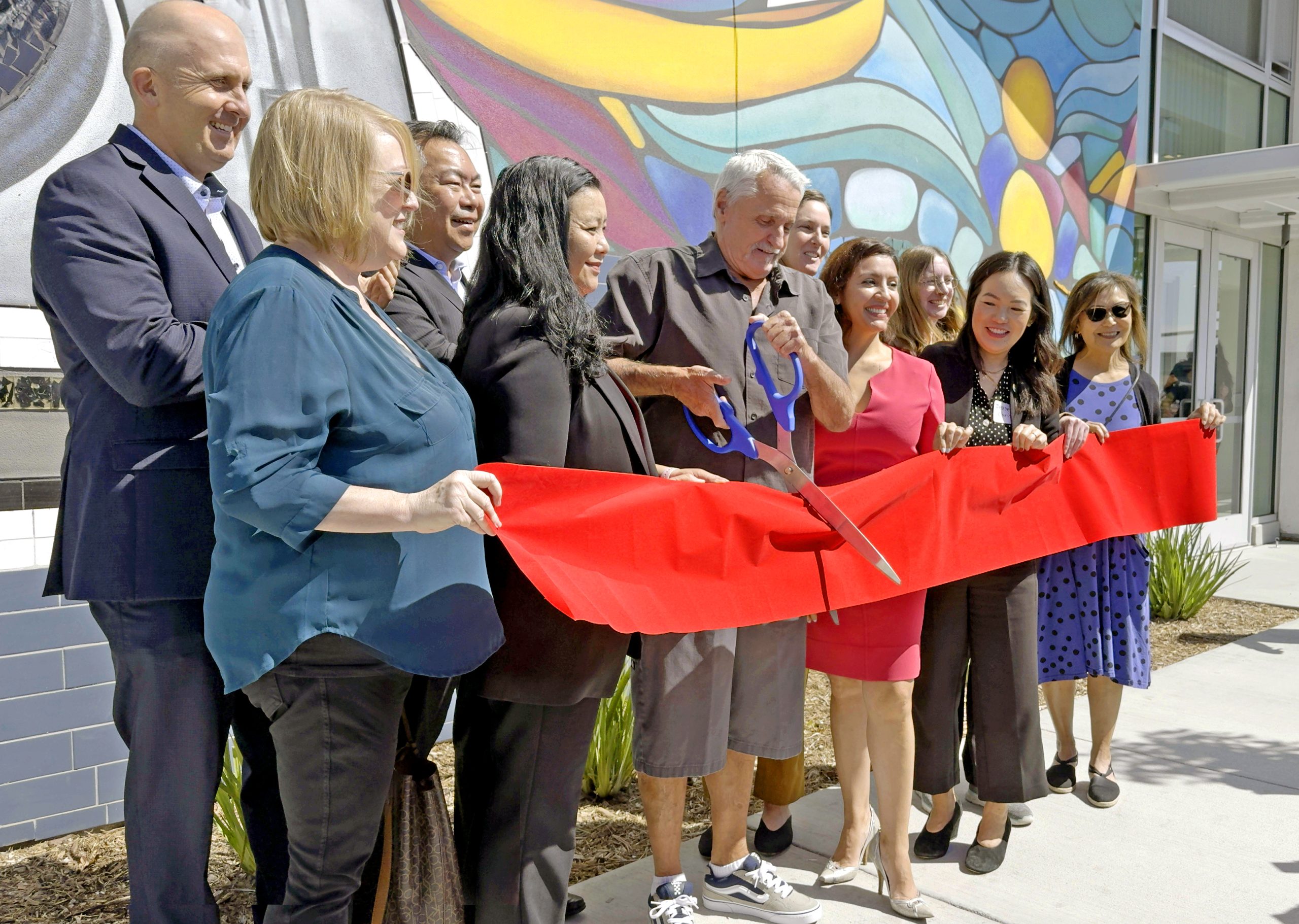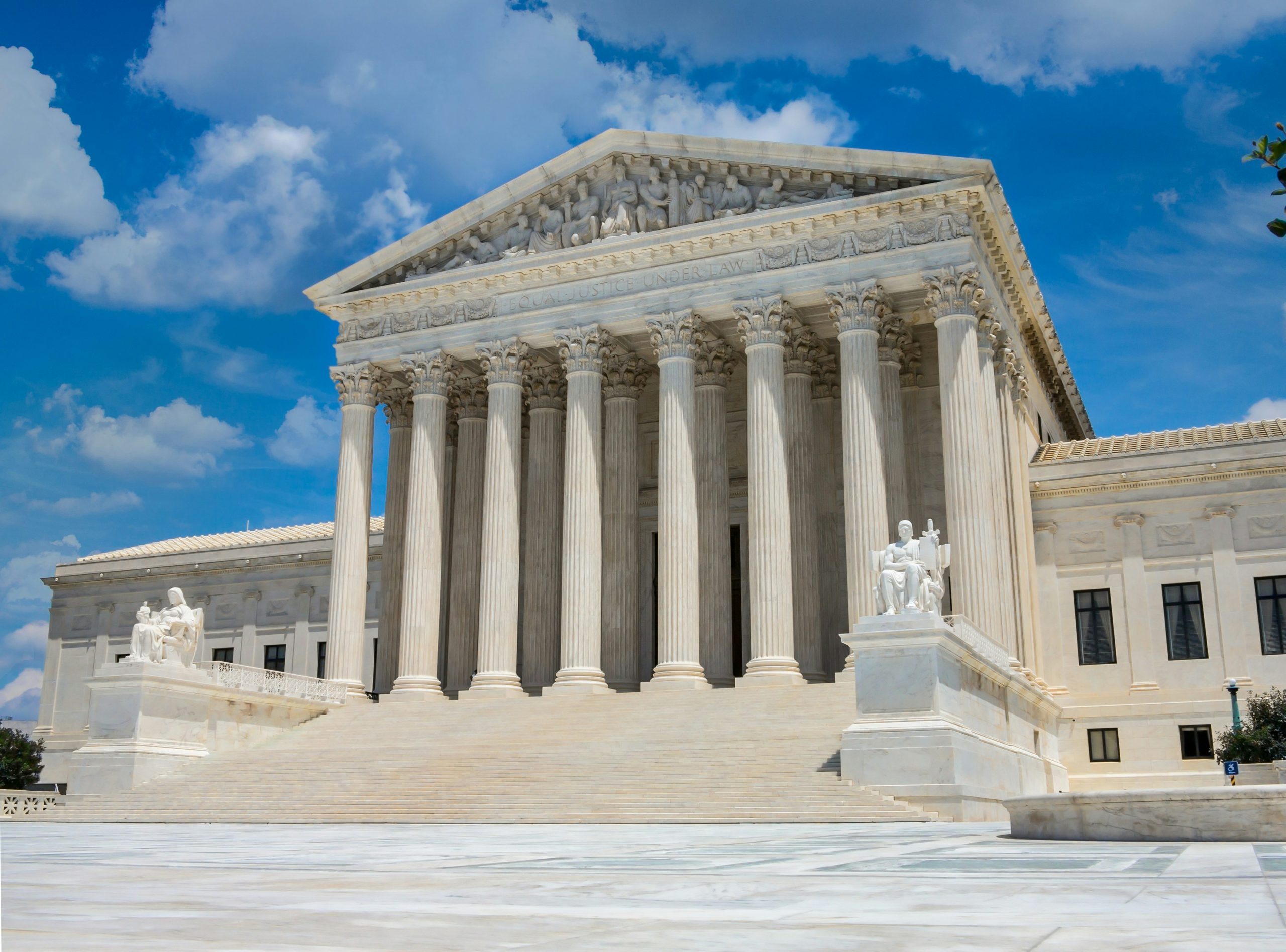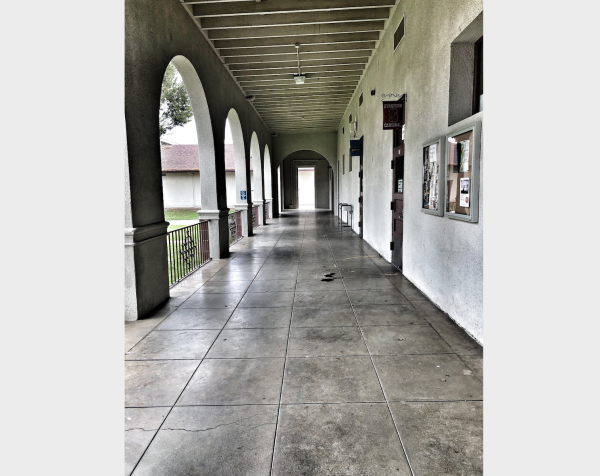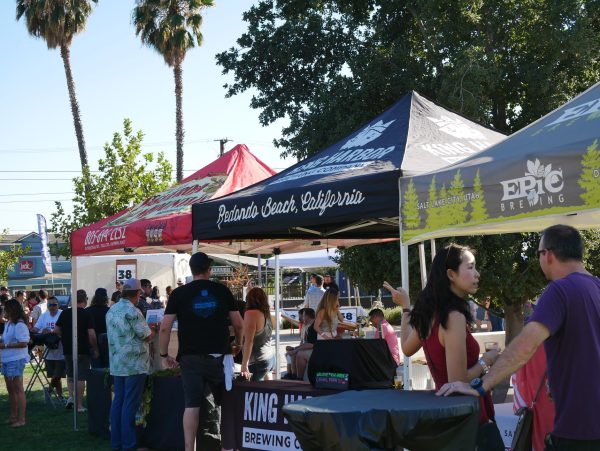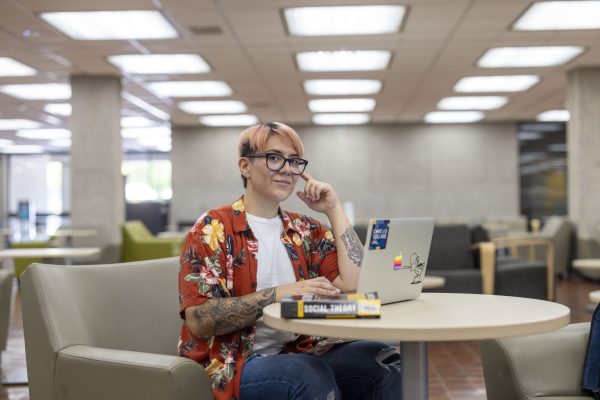Anaheim joined with the Little Arabia business community Thursday for a ceremonial unveiling of signs for the cultural district that are set to go up along freeways.
The unveiling marked a milestone monument for Little Arabia, a collection of more than 70 Middle Eastern and North African restaurants, cafes, boutiques, salons and other businesses along Brookhurst Street in west Anaheim.
“The story of Little Arabia is the story of Anaheim itself,” Mayor Ashleigh Aitken said. “It is a story of immigrants who came here looking for a better life and bettered our city in the process. These freeway signs have been years in the making and are the result of the community’s work to gain recognition for a cultural treasure in our city.”
On a closed roadway alongside Brookhurst, community members gathered with city officials to unveil a life-size replica of the freeway signs going up along the Brookhurst exits on the Riverside (91) and Santa Ana (I-5) Freeway.
“These freeway signs are a monument to the profound impact immigrants have on our community,” said Anaheim City Council Member Carlos Leon, the son of Mexican immigrants and who also represents the Little Arabia area on Anaheim’s Council. “In Southern California, there are few greater acknowledgements than a freeway sign. Along with signs guiding people to Disneyland, Angel Stadium and Honda Center, hundreds of thousands of people will be greeted by those four simple but evocative words: ‘Little Arabia Next Exit.’”
Several large and smaller freeway signs are set to be installed by the California Department of Transportation, better known as Caltrans, in the next two weeks.
The signs follow a 2022 vote by the Anaheim City Council formally designating Little Arabia as the city’s first recognized cultural district and an early 2024 vote supporting the installation of freeway signs.
Little Arabia runs along Brookhurst Street, roughly from Lincoln Avenue to Ball Road.
The earliest businesses in Little Arabia date back to the 1980s, when the area saw arrivals from Egypt, Lebanon and Palestine. Little Arabia grew in the following years with others from Jordan, Syria, Morocco, North Africa and elsewhere across the Arab world. Many came, as so many do, seeking economic opportunity in America. Others left amid turmoil in their homelands.
In the 2000s, amid the wars in Iraq, Syria and Afghanistan, a new wave of arrivals came to Little Arabia. Afghans and Turks, while not Arab Americans, are also part of Little Arabia with shared culture and cuisine.
The area is the largest single concentration of Arab American businesses in Southern California, and Anaheim’s recognition of Little Arabia is the first in the nation for an Arab American enclave.
Anaheim is looking to build on Little Arabia with additional signs, public art and other spaces.

